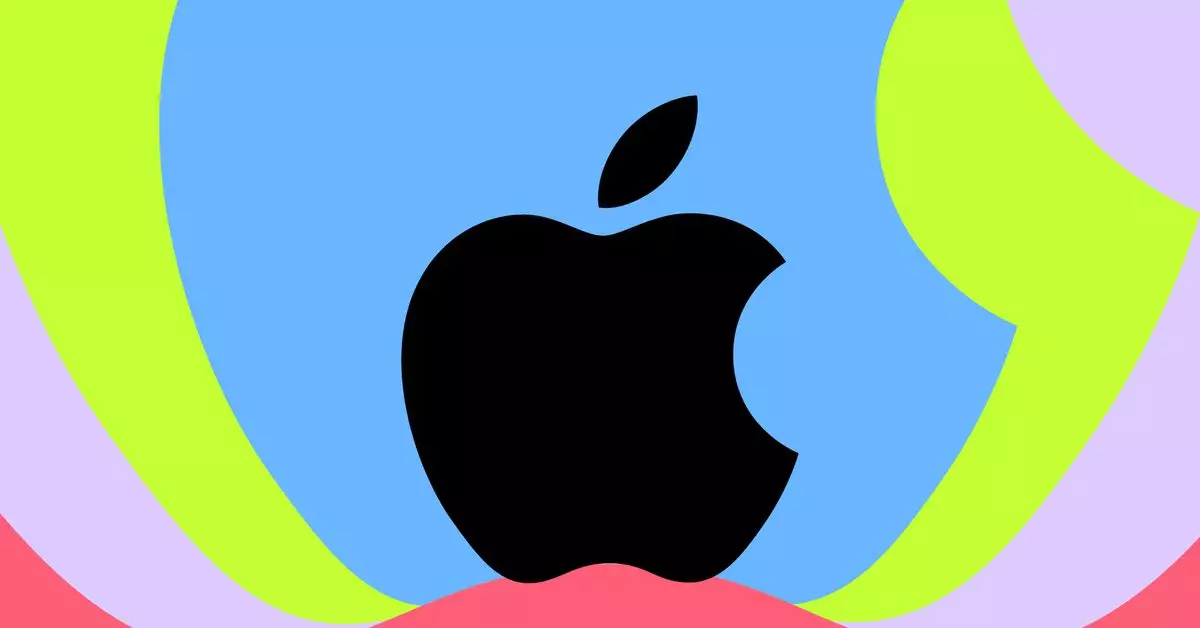Apple’s history of innovation often combines design elegance with cutting-edge technology. The iPhone 17 Air, reportedly slated for release this fall, is set to continue that legacy with its groundbreaking slim profile. According to Mark Gurman’s insights from Bloomberg, this newest addition to the iPhone family could measure in at a remarkable 5.5mm to 6.25mm, marking it as the slimmest iPhone to date, surpassing even the iPhone 6. The name, mirroring the successful MacBook Air and iPad Air models, suggests a commitment to delivering a lightweight device without compromising performance.
More than just its slim design, the iPhone 17 Air is being flagged as a testbed for several groundbreaking technologies. Gurman indicated that it would serve as an experimental platform for Apple’s upcoming foldable devices, suggesting that this model might lay essential groundwork for future iPhones and iPads with flexible screens. This trend aligns perfectly with the tech world’s shift towards adaptable designs, pushing the boundaries of what smartphones are capable of.
One of the most exciting aspects of the iPhone 17 Air is its hardware specifications. The device is rumored to sport a 6.6-inch ProMotion OLED display, which would be a significant advancement for a non-Pro iPhone. This technology, previously exclusive to Pro models, provides a refresh rate of up to 120Hz, ensuring smoother transitions and improved responsiveness—vital features in today’s fast-paced digital landscape. Additionally, the phone is expected to possess a streamlined camera system featuring a single 48-megapixel lens, alongside a 24-megapixel front camera, offering enhanced photographic capabilities while retaining simplicity.
At the core of the iPhone 17 Air, it is anticipated that the powerful A19 chip will be housed, designed to bolster performance and efficiency. Coupled with an impressive 8GB of RAM, this setup aims to support Apple Intelligence AI features, reflecting Apple’s commitment to integrating artificial intelligence into everyday user experiences. Such advancements indicate that the iPhone 17 Air might not only be a device for communication but also a dynamic platform for various digital interactions.
Moreover, industry speculations hint at the iPhone 17 Air being one of the first avenues for Apple’s in-house cell modem, dubbed Sinope. In conjunction with its rumored debut in the upcoming iPhone SE, this development could pave the way for enhanced connectivity and performance across Apple’s mobile devices. These advancements underline Apple’s strategic goal of reducing dependence on third-party technologies while solidifying its position in the market.
As we eagerly anticipate the iPhone 17 Air, it’s clear that this upcoming model encapsulates Apple’s vision for the future of smartphones: lighter designs, powerful capabilities, and smart technology integration. By establishing a foundation for foldable devices while enhancing user experience through robust hardware, the iPhone 17 Air could very well redefine mobile technology standards. Ultimately, this launch will not only cater to existing users but may also attract new customers drawn by the promise of innovation that Apple continuously delivers.

